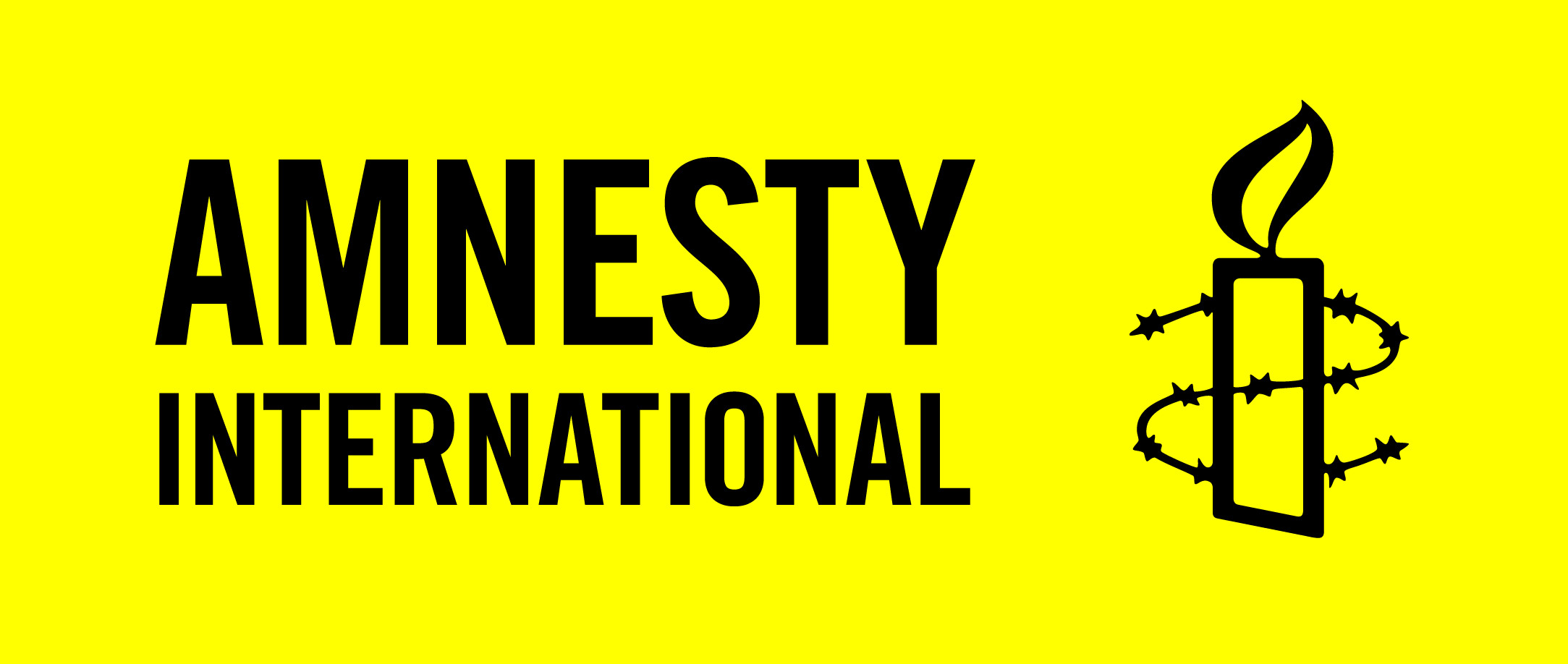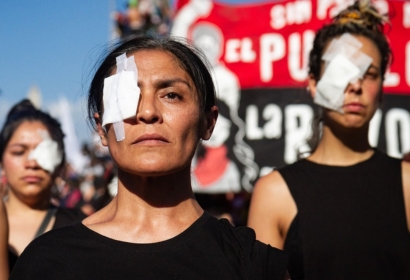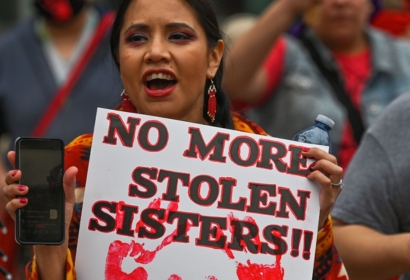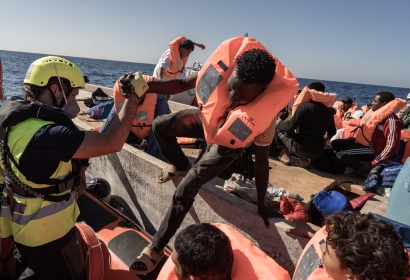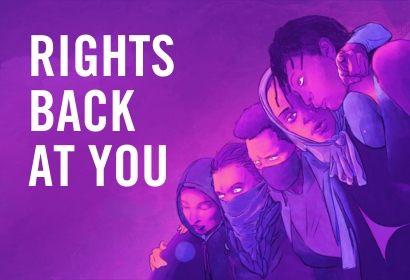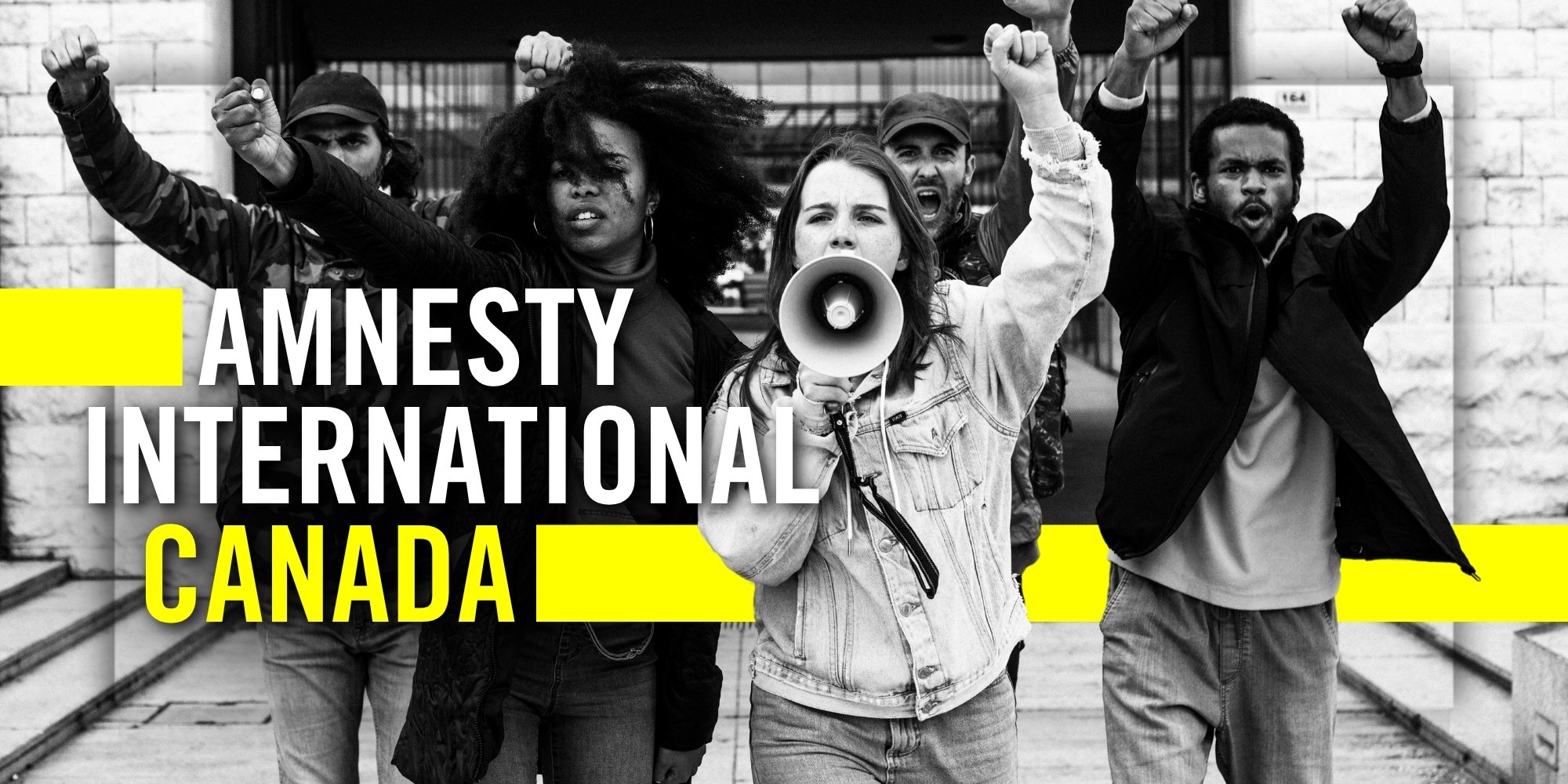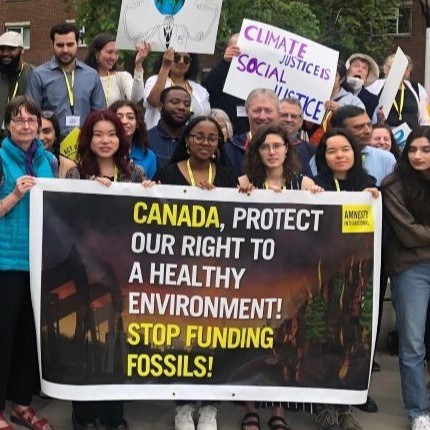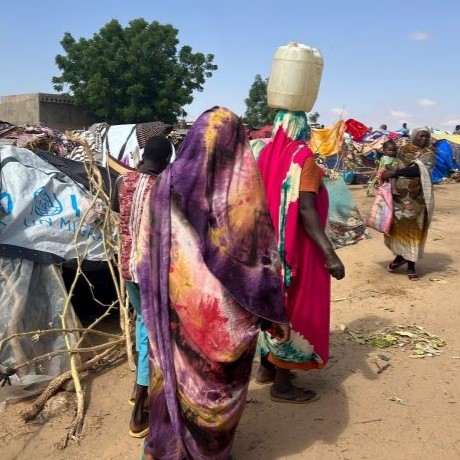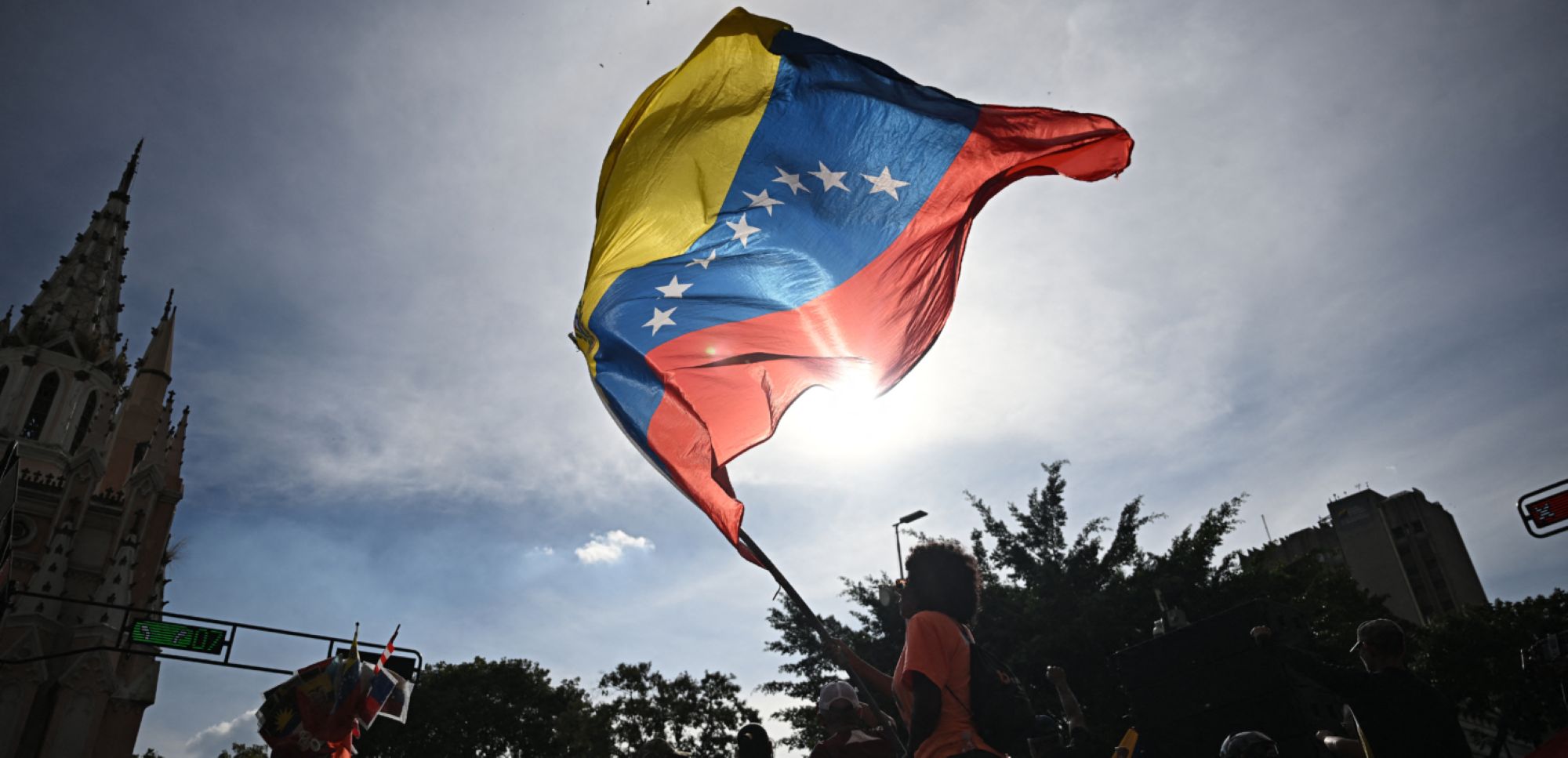“The fundamental issue is First Nations in the region have entrenched constitutional rights. Not just the requirement for consultation and accommodation, which we always hear about when we’re talking about resource projects. But they have entrenched constitutional rights to practice hunting and fishing as before, And that’s going to be violated by this dam.” – John Horgan, May 8, 2014
In announcing his government’s decision to allow continued construction of a mega-project he once opposed, BC Premier John Horgan said that construction was already past “the point of no return.” That’s blatently false. Here’s why:
- Most of the planned flood zone is still undisturbed by Site C. Key attributes that make this valley so important to First Nations and non-Indigenous peoples alike – the calving grounds for moose, the plant medicines and berry patches, the graves and cultural sites, the fertile farmlands and multi-generation family farms – can still be protected.
- The independent review by the BC Utilities Commission considered both the money already spent on the dam and the cost of remediation and concluded that pursuing less destructive alternatives would likely still be less expensive – or in the worse case scenario, only a little more expensive – than completing Site C.
- The violation of First Nations Treaty rights has still never been resolved. The federal and provincial governments have both acknowledged that the environmental assessment of the Site C dam, and the subsequent legal challenges to the approval, never addressed the fundamental legal issue of whether proceeding with the dam is even allowable under the terms of Treaty 8. The West Moberly and Prophet River First Nations have vowed to continue their fight in court. There’s a chance that they could get an injunction to stop construction. And a very good chance that they could be awarded compensation much greater than the cost of doing the right thing, stopping the dam immediately.
In other words, we are not yet at the point of no return. The fight to save the Peace River Valley is far from over.
Here are three things you can do to stand up for human rights, reconciliation and the environment.
1. SUPPORT THE FIRST NATIONS LEGAL STRUGGLE.
The “I Have a Stake in the Peace Campaign” is a local, grassroots initiative to support Treaty rights. Money raised will help First Nations cover the formidable costs of fighting the federal and provincial governments in court. Tax receipts are provided for donations made through their website.
If you are unable to donate, please consider sharing the fundraiser with your networks.
2. FUNDRAISE IN YOUR COMMUNITY
If you`re holding an event in your community, consider using it as a chance to fundraise for the First Nations legal struggle. Gather your friends and family and ask them to donate to this important initiative at a crucial time.
3. SHARE OUR OPEN LETTER
We’ve sent an open letter to B.C. Premier John Horgan, urging the province not to fail the Indigenous peoples of the Peace River Valley a second time. Read our open letter and help us share it on social media.
As #SiteC Court Challenge Unfolds, Horgan Government Must Uphold Human Rights Commitments @AmnestyNow @AlexNeveAmnesty @Craig_Benjamin https://t.co/HSUIwtk5M5
— AI Canada Media (@AICanadaMedia) January 23, 2018
4. KEEP UP THE PRESSURE ON THE B.C. GOVERNMENT
If the government of John Horgan doesn’t have the courage to stop Site C entirely, it must at least suspend operations until the issue of Treaty rights violations is resolved.
>>> Write, email, fax or call the Premier.
5. SHOW YOUR SOLIDARITY
Solidarity messages, letters to the editor, and supportive tweets and other social media posts are more important than ever.
Amnesty is using the hashtag #WithThePeaceRiver.
Today’s decision by @jjhorgan to continue construction of #SiteC ignores clear call from UN’s top anti-racism body which concluded that destruction of the Peace River Valley violates human rights. https://t.co/9NU5SL0Pv0 #WithThePeaceRiver
— Craig Benjamin (@Craig_Benjamin) December 11, 2017
